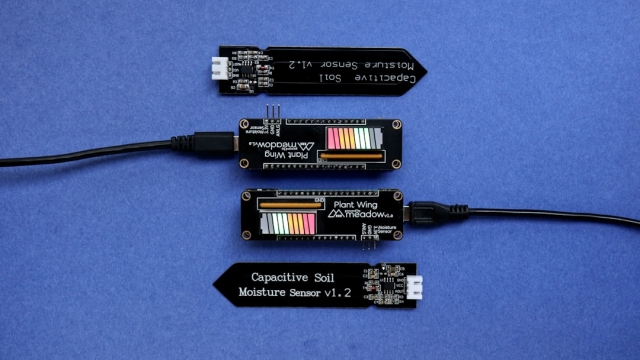Introduction to Multi Screen Displays What They Are and How They Work
In recent years, the use of multi-screen displays has gained significant traction across various fields, from professional environments to home entertainment setups. These displays with multiple screens allow users to extend their visual workspace, enhance productivity, and enjoy a more immersive viewing experience. This article will explore what multi-screen displays are, their benefits, types of setups, and practical steps for implementation, along with troubleshooting tips for common issues.
Introduction to Multi-Screen Displays: What They Are and How They Work
Multi-screen displays refer to the arrangement of two or more screens working in conjunction to create an expanded visual area. This configuration can be particularly advantageous in environments where multitasking is essential, such as in trading floors, design studios, or even gaming setups. By connecting multiple screens to a single computer or device, users can manage their workspace more efficiently, arranging different applications or documents across the screens for easier access.
Benefits of Multi-Screen Displays for Productivity and Entertainment
The advantages of using displays with multiple screens are numerous. For professionals, the ability to view multiple applications simultaneously can lead to significant productivity gains. A graphic designer, for instance, can work on a project while referencing research on a separate screen, reducing the time spent switching between tabs or windows. Similarly, software developers can monitor code on one screen while running tests on another, streamlining their workflow.
In the realm of entertainment, multi-screen setups provide an enriched experience for gaming and media consumption. Gamers can enjoy a more immersive experience by spreading game visuals across several screens, while movie enthusiasts can create a home theater atmosphere that rivals commercial cinemas. This setup allows for a larger display area and enhances the overall viewing experience.
Types of Multi-Screen Setups: Choosing the Right Configuration for Your Needs
There are several types of multi-screen setups, each catering to different needs and preferences. Some common configurations include:
- Side-by-Side Setup: This is the most straightforward arrangement where two screens are placed next to each other. It’s ideal for those who want to expand their workspace without complex configurations.
- Stacked Setup: Screens are arranged vertically, which can be useful for applications that require a lot of vertical space, such as coding or spreadsheets.
- Curved Setup: Using curved monitors can create a more immersive experience, particularly for gaming or watching movies, as it wraps the visuals around the viewer.
- Mixed Setup: This involves using different screen sizes or types (like combining a monitor with a TV) to suit specific tasks or preferences.
Choosing the right configuration depends on your individual needs, workspace, and the type of tasks you will be performing. Assessing how you plan to use the screens will help in determining the best arrangement.
How to Set Up a Multi-Screen Display: Step-by-Step Guide
Setting up multi-screen displays can be a straightforward process with the right equipment and steps. Here is a basic guide to get you started:
- Gather Necessary Equipment: Ensure you have the required screens, cables (HDMI, DisplayPort, etc.), and a compatible graphics card that supports multiple displays.
- Connect the Screens: Plug each screen into the computer or device. Make sure to use the right ports and cables for optimal performance.
- Configure Display Settings: Access your computer’s display settings to arrange the screens in the desired order. You can adjust resolution settings and orientation based on your preferences.
- Test the Setup: Open different applications or windows to ensure that everything is functioning as intended. Adjust settings as necessary for an optimal experience.
Common Issues and Troubleshooting Tips for Multi-Screen Displays
While multi-screen displays can greatly enhance productivity and entertainment, users may encounter some common issues. Here are a few troubleshooting tips:
- Screen Not Detected: Ensure all cables are securely connected and that the screens are powered on. Check device settings to confirm that the screens are recognized.
- Resolution Problems: If the displays appear distorted or the resolution seems off, adjust the resolution settings in your display settings menu to match each screen’s specifications.
- Performance Issues: If you experience lag or stuttering, consider upgrading your graphics card or ensuring that your system meets the performance requirements for running multiple displays.
By investing time in understanding and implementing multi-screen displays, users can significantly enhance their productivity and enjoyment, whether for work or leisure. For more personalized solutions and advanced scheduling options related to multi-screen displays, consider exploring resources available at Smart Scheduler.

